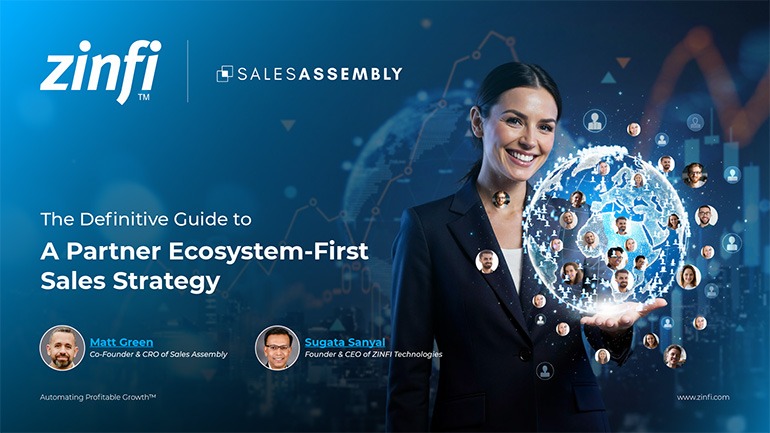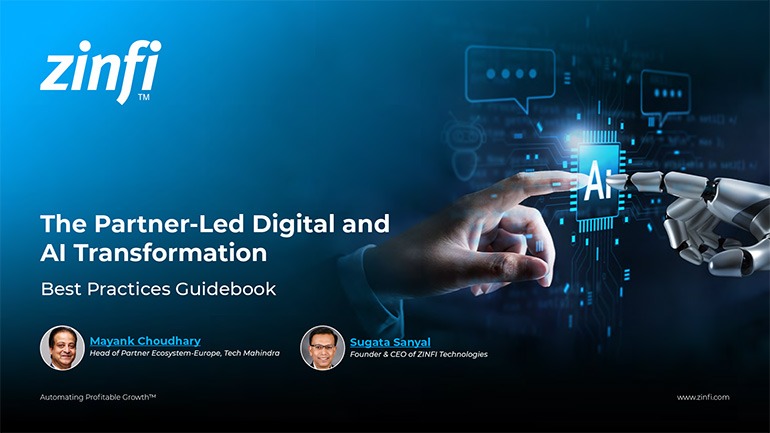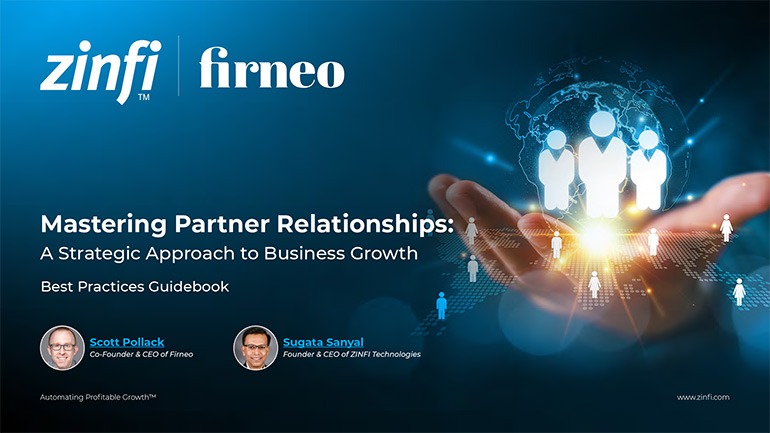Cybersecurity Channel Growth and the Shift to Security Service Edge (SSE)
The discussion begins with Douglas Brockett explaining his career shift from scaling storage and data-protection businesses, such as Exablox and StorageCraft, to leading in the cybersecurity space at Red Access. This movement reflects a broader industry change where the edge of the network has shifted, making traditional perimeter defenses less effective. Brockett’s experience in handling complex data stacks and focusing on the channel has uniquely positioned him to view the current challenges in the SSE market, particularly regarding simplifying technology for partners and customers. This introduction sets the stage for how Red Access’s agent-less, session-based SSE platform addresses the security needs of modern, hybrid work models.
The focus of Red Access on an agent-less, session-based approach to SSE is a direct response to the difficulties companies face in securing the increasing number of SaaS and corporate applications used by a distributed workforce. Brockett discusses the company's recent Series A funding round, emphasizing that the capital is primarily aimed at fueling U.S. expansion and, critically, a channel-led go-to-market strategy. This early focus on the cybersecurity channel is a key differentiator, as it leverages Brockett’s long history of driving channel execution and organizational scale-ups in previous roles. The discussion here establishes that technology innovation must be intrinsically linked with a clear and scalable channel strategy for successful market penetration.
A critical part of this evolution is recognizing what remains constant in the channel partner ecosystem despite technological shifts. At the same time, the products and delivery models have changed—moving from on-premise hardware to cloud-based security services—the core necessities of trust, enablement, and profitable partnerships remain the foundation of a successful channel. Brockett discusses how his initial 90 days at Red Access prioritized laying the groundwork for this scalable, channel-centric operation. This section is vital for understanding the blend of cutting-edge technology and time-tested go-to-market strategy needed to succeed in the competitive cybersecurity landscape.














